Eradicating English Ivy (surreptitiously)
borboleta
15 years ago
Featured Answer
Sort by:Oldest
Comments (16)
midwesternerr
15 years agotallafl
15 years agoRelated Discussions
seed-bombing English ivy?
Comments (5)Unfortunately, English ivy, poison ivy and weed trees will eat anything you try to plant. Will cover any shrubs or trees you plant. And glyphosate and digging up will take lots of repeated times, and lots of work, and you still may lose.... How badly do you want that open view? Since you have limited control over the property there, the best answer may be a fence, with a deep-dug barrier behind it. Like a foot down with sheet metal or treated wood, to block roots. And then a solid-ish fence. Once a year you may have to head to the far side and rip the ivies off that side of the fence. But any other minor incursions, you should be able to beat back from your side. Depending on where you are, you may be able to complain to the city/town/county, and have them help with the nuisance next door, either clearing it or helping to pressure the land owner. It's worth exploring.......See Morein a yard with invasive English ivy, etc, can natives survive?
Comments (4)Hi, I don't think many plants compete well with the ivy. Someone here can probably comment more on that. The plants you've chosen have a rather large variety of growing requirements... V. bluebells generally take a rich woodsy soil with a fair amount of shade. V. creeper is a ground cover that I don't think will do well in pots. Elderberries get very big, sucker and like quite a bit of water and at least part sun. Green coneflowers get very big. I have huge clumps of them growing by the creek. I am not positive of their growing requirements, but they are growing wild in my yard in part sun and above average moisture. Great blue lobelia requires at least part sun and above average moisture. That might do OK in a pot. Some types of milkweed have a large taproot, so I'm not sure they will do well in pots. I'm not sure if they all have taproots, though. Blue wood aster may do OK in pots. Most types of JPW get very large. They like above average water and at least part sun, preferably full. While I think there are many natives that would do well in pots, I am not sure all those you have in mind would work well. I hope I'm not discouraging you from trying natives in pots. You may want to do a little more research on what you chose to try. Hopefully others here can offer their thoughts. I'm by no means an expert. As far as IDs, the only one I know from your pics is the one in the pink pot--a hosta. Blue Ridge Mountain Girl...See MoreEradication of English Ivy
Comments (19)I have a byard with over ten years of overgrowth, no maintenance, basically a jungle that is the top bank of a riparian cooridor. The ivy that was planted twenty years ago at our townhouse complex has broken loose and infested the entire byard, and creeping into the riparian area. I can't control my neighbors area, so I have taken control of my area personally by weeding out the ivy manually by hand. Then I got some wood chips for free from local tree company and spread about 3inches thick across the cleared area. I am planning to leave as-is for a while to see if the ivy cannot grow back up thru the wooodchips. We'll see what happens....See MoreSteep Hillside - English Ivy?
Comments (40)@j williams ... I took a quick look at the article and early on found this incongruous statement, which is the central objection put forth: "Ivy has no problem climbing to the top of a 100-foot tree and completely enshrouding the trunk and main limbs. [True.] It can shade out so many leaves that the tree dies due to lack of photosynthesis. [Categorically false!] A tree's leaves are generally not found at the canopies interior -- where the trunk and main limbs are found -- but are within a relatively thick sphere at and near the canopy exterior. Ivy never grows on this lightweight wood and consequently does NOT shade leaves or prevent photosynthesis. What is so extremely annoying about these people behind an oppressive movement, is their willingness to create and propagate false information. Then they just copy and spread the lies ad infinitum, until their political movement takes hold. And then everyone else must suffer the consequences of their shortsightedness. I don't get too bent out of shape that it happens routinely in other places in the world. But the concept of inflicting unwanted views on others is wholly unAmerican and must be challenged here....See Moreloris
15 years agoahughes798
15 years agotsmith2579
15 years agoterrene
15 years agomagneticcchick_lycos_com
14 years agomaifleur01
14 years agolaz84
14 years agogamekeeper
14 years agomaifleur01
14 years agocyn427 (z. 7, N. VA)
14 years agoladyslppr
14 years agowayne3008
7 years agoJenn Ward
4 years agolast modified: 4 years ago
Related Stories
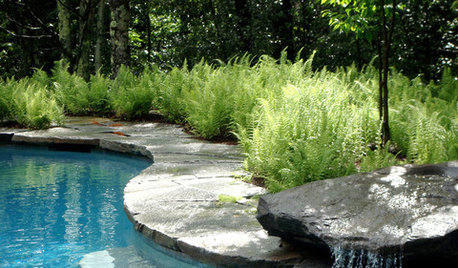
GROUND COVERSNative Alternatives to English Ivy, Japanese Pachysandra and Periwinkle
These shade-loving ground covers are good for the environment and say something about where you are
Full Story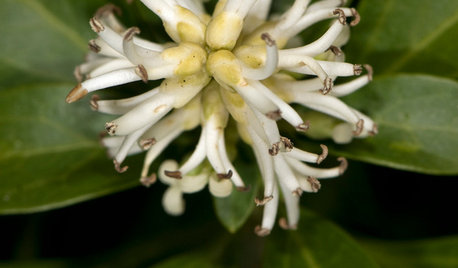
GARDENING GUIDESHow to Use Pachysandra Responsibly in the Landscape
It's tops at covering lots of ground quickly, but be sure this low evergreen plant doesn't spread where it shouldn't
Full Story
GREEN BUILDINGBuilding Green: How to Design a Healthier Landscape
Plant selection, water management, fire-prevention measures and more can ensure that your landscape is good for the planet and for you
Full Story
GARDENING GUIDESDo You Have This Invasive Plant in Your Yard?
Garlic mustard is spreading across the U.S. Here’s how to spot it and what to do
Full Story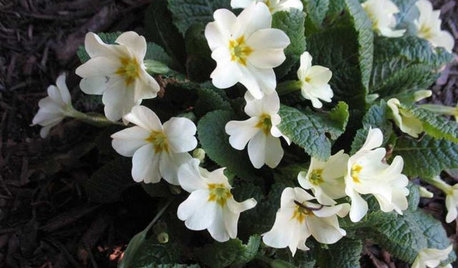
SPRING GARDENING7 Great Container Plants for Early-Spring Appeal
Good things sometimes come to those who impatiently head to the nursery for plants that can take a chill
Full Story
LANDSCAPE DESIGN7 Low-Maintenance Lawn Alternatives
Turf isn't the only ground cover in town. Get a lush no-grass lawn with clover, moss and other easy-care plants
Full Story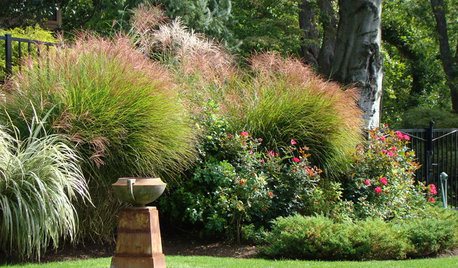
LANDSCAPE DESIGNThe 7 Best Plant Types for Creating Privacy and How to Use Them
Follow these tips for using different kinds of plants as living privacy screens
Full Story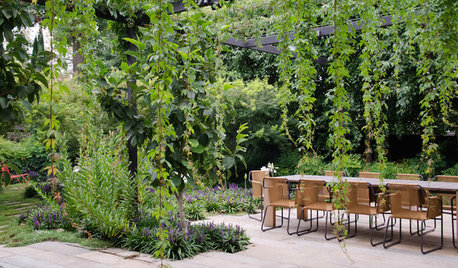
LANDSCAPE DESIGNSee 5 Unexpected Ways to Use Vines
Vines can grow over slopes, trail off pergolas and add seasonal color to the garden
Full Story
GARDENING GUIDES10 Tips for Beginning Gardeners
With a simple sketch, basic tools and the right plants, you’ll be on your way to growing your first flowers or edibles
Full Story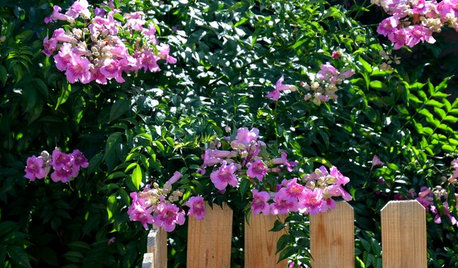
PINK FLOWERSGreat Design Plant: Pink Trumpet Vine Heralds Vibrant Color
Announce your landscape beautification efforts with this flowering vine that perks up hot, dry gardens
Full StorySponsored
Professional Remodelers in Franklin County Specializing Kitchen & Bath



gardengal48 (PNW Z8/9)